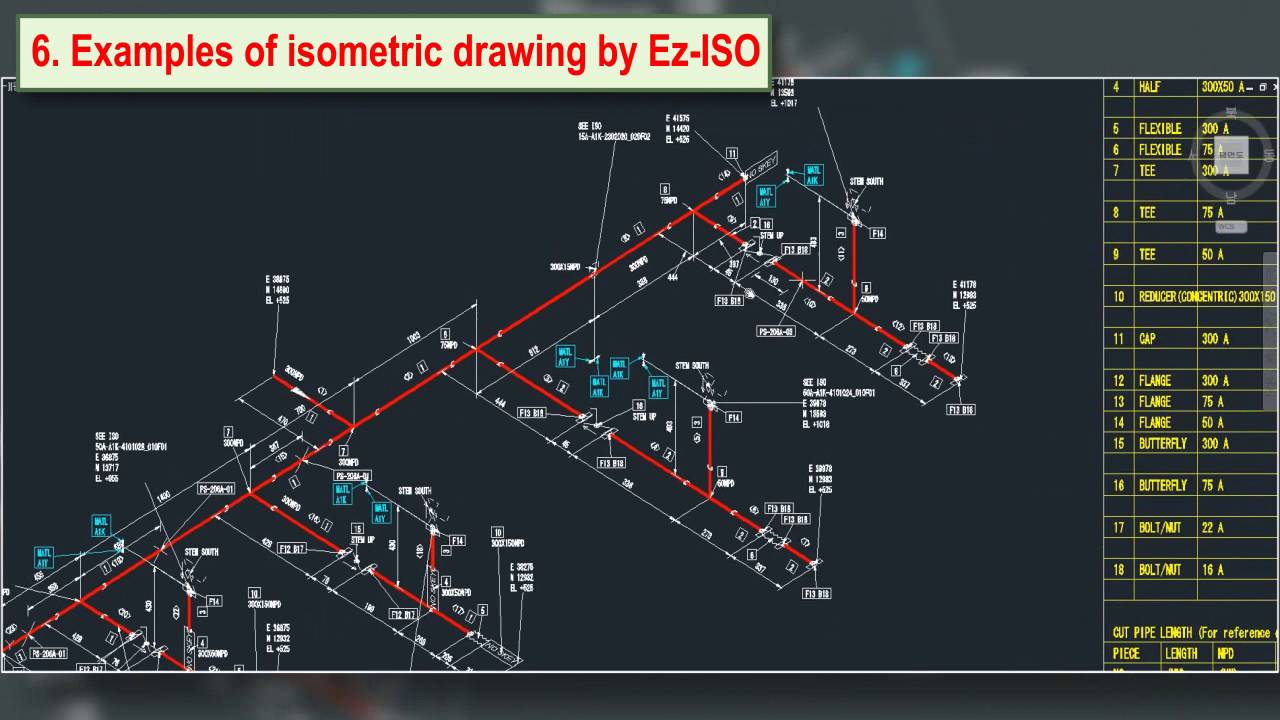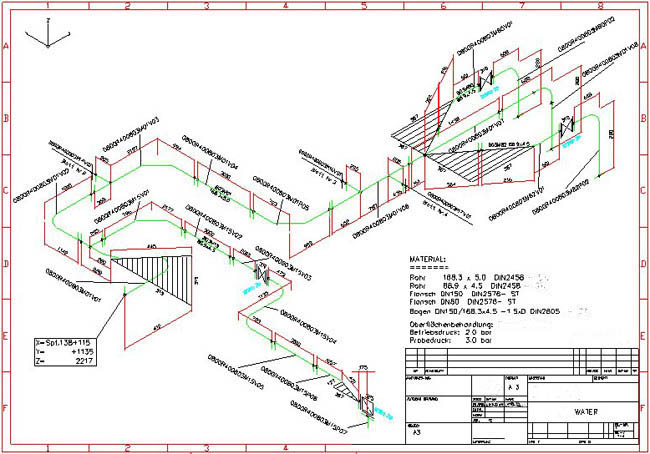
Once again, they're not absolutely perfect to an isometric projection, but because humans come in all shapes and sizes they're forgiving enough that they work. They idealize humanity in all the various forms without getting too specific regarding the finite detail. I always kind of formulate and model my people in all the same fashion and I basically just refined and improved the same core base artwork over the last decade or so. I've chosen to, well, isometric illustration can utilize almost any style and I prefer a more simplified ascetic, as showcased in the illustrations I've shared so far, with that said, all my people in of my isometric work visually come from the same creative genome one could say, meaning they're my vector clones, I guess you can look at them that way. Now if you're doing a more diagram type, iconic illustration these might be perfectly appropriate for that type of usage, but when you're doing something a little more illustrative you need something with a little more detail and that's where my isometric people come in. This approach kind of reminds me of the old Fisher-Price toys when I was growing up. These are isometric in their projection as shown here, but not very compelling in their form or shape. Some isometric design only requires iconic figures to represent the human form. Let me show you how I choose to handle people in my isometric illustrations. Not all the characteristics of my figures align with isometric projection proper, but several key attributes of each do and that makes them work. I use the figures to tell the story, but they are no more important to the visual vernacular than any other object that forms the overall visual narrative I'm trying to communicate. Meaning they are there to reflect humanity and not specifically personality.



For me the people in my isometric illustrations are representative in nature.


 0 kommentar(er)
0 kommentar(er)
